Studio monitors are essential for achieving accurate sound reproduction in any home studio. Unlike consumer speakers, studio monitors deliver a flat frequency response, allowing producers and engineers to hear their mixes with clarity and precision. While high-end monitors can be expensive, plenty of budget-friendly options that provide excellent performance without breaking the bank.
In this guide, we'll explore the best budget studio monitors for home studios in 2025, covering key features, sound quality, and value for money to help you make the right choice.
Take Your Studio Setup Further
Once you’ve picked the right monitors, these guides will help you get the best results out of your gear and recording space.
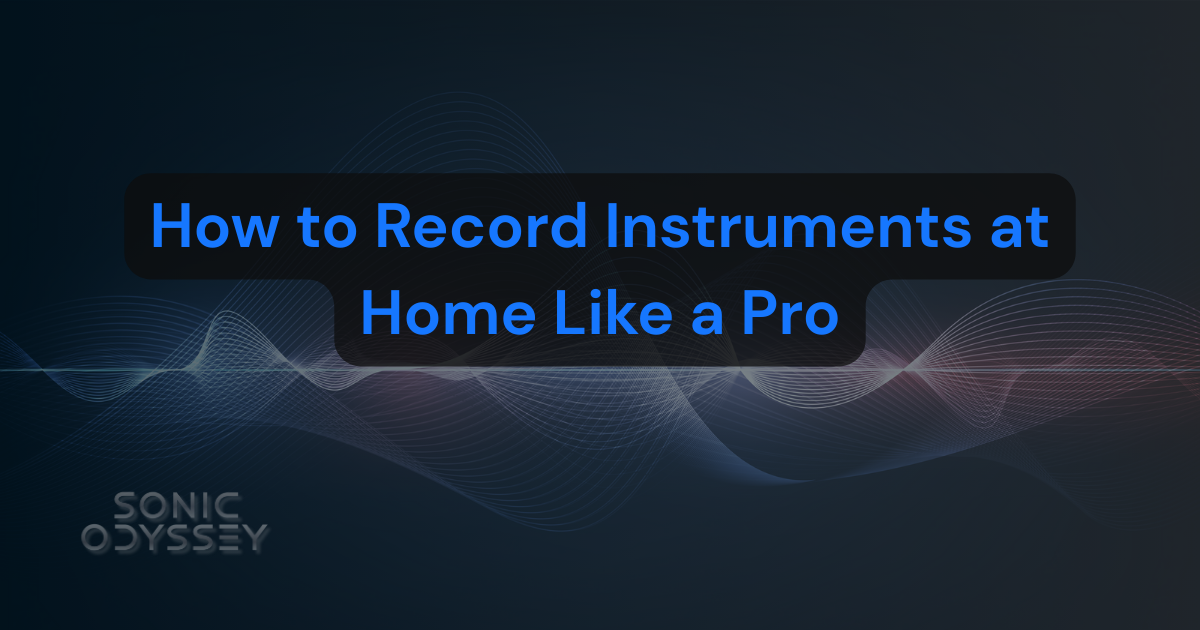
Step-by-step tips to capture professional-quality performances in a home studio.
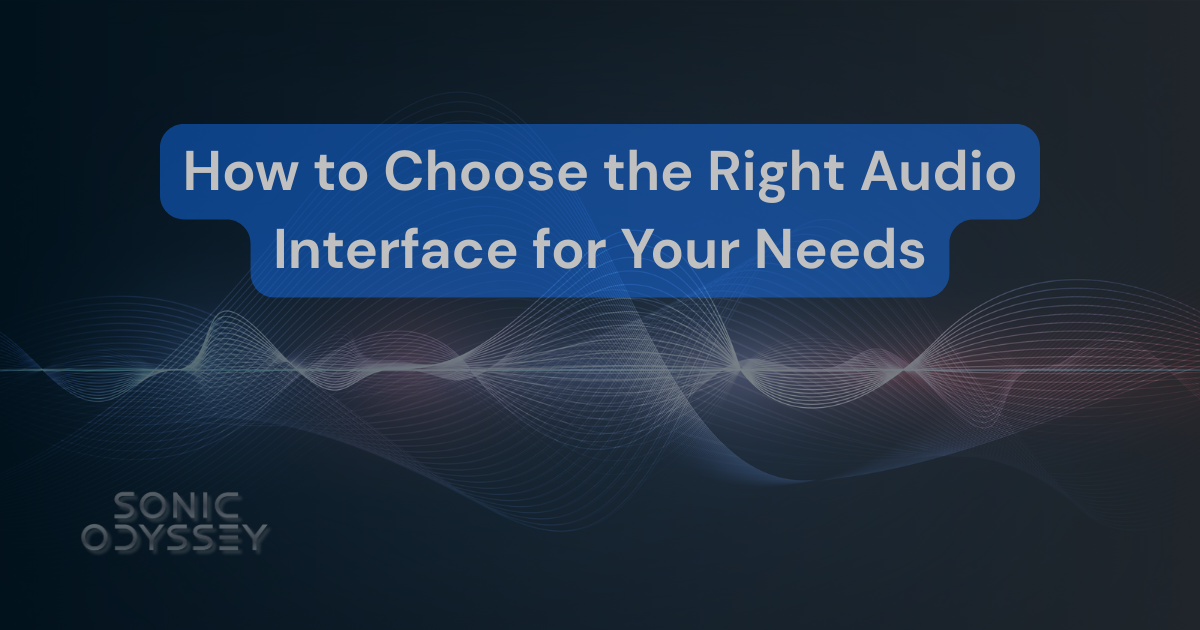
Find the perfect interface for your workflow and budget.
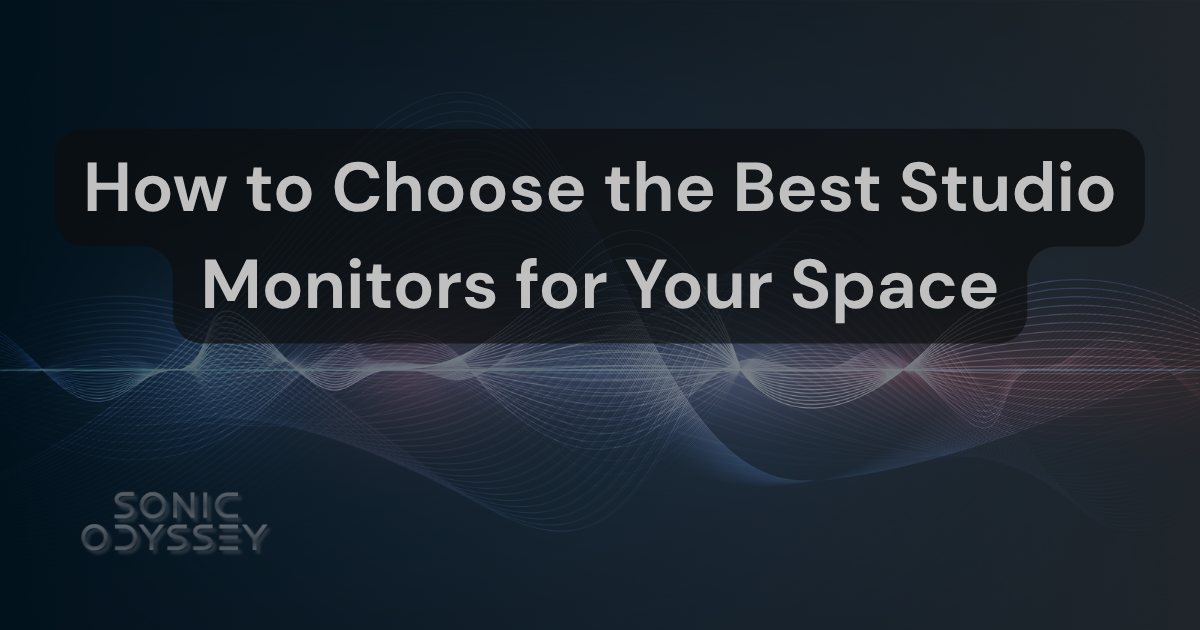
Learn how to match monitor size, placement, and acoustics to your room.
Best Budget Speaker Monitors: What to Look For
Before diving into our top picks, here are the key factors to consider when choosing the best studio monitors on a budget:
🔹 Frequency Response
- Look for monitors with a flat frequency response for accurate mixing.
- Most budget monitors have a range between 45Hz – 20kHz, though some extend lower. Accurate reproduction of low frequencies is crucial for proper mixing and monitoring.
🔹 Woofer & Tweeter Size
- 5-inch woofers are standard for small home studios and offer a balanced sound.
- 6.5-inch or larger models provide deeper bass but may need more space.
🔹 Connectivity Options
- Balanced inputs (XLR, TRS) reduce interference and improve signal quality.
- RCA and Aux inputs are suitable for connecting consumer audio devices. These connectivity options significantly upgrade studio monitors from traditional computer speakers, offering better sound quality and versatility.
🔹 Room Size & Acoustics
- Smaller rooms work best with 5-inch monitors, while larger spaces may benefit from 6.5-inch or 8-inch models.
- Consider adding acoustic treatment to improve monitor accuracy. Reference monitors ensure accurate sound reproduction in various room sizes and acoustic conditions.
🔹 Understanding Studio Monitor Types (Active vs. Passive Monitors)
When it comes to studio monitors, there are two main types: active and passive. Understanding the difference between these two types is crucial in deciding when choosing the right studio monitors for your music production needs.
Active monitors, also known as powered monitors, have a built-in amplifier that powers the speaker drivers. This means the amplifier is integrated into the monitor itself, eliminating the need for an external amplifier. Active monitors are popular among music producers and audio engineers because they offer a convenient and compact solution for monitoring audio. With active monitors, you get a streamlined setup that's easy to manage, making them ideal for home studios and smaller recording spaces.
Passive monitors, on the other hand, require an external amplifier to power the speaker drivers. This means you must purchase a separate amplifier to drive the monitors. Passive monitors are often preferred by professional audio engineers who require more flexibility and control over their monitoring setup. They allow for more customization in terms of amplifier choice and can be tailored to specific audio needs, making them a staple in larger, more complex recording studios.
Choosing the Right Type
When choosing between active and passive monitors, consider your specific needs and preferences. If you're looking for a convenient and compact solution, active monitors may be the better choice. However, if you require more flexibility and control over your monitoring setup, passive monitors may be the better option. Think about your studio space, the type of music production you do, and your long-term goals to make the best decision.
🔹 Monitor Size and Power
Monitor size and power are critical factors to consider when choosing studio monitors. The size and power of the monitors affect the sound quality, low-end response, and overall performance.
Monitor Size
The size of the monitor affects the low-end response. A larger driver size is needed for bass-heavy music, while smaller monitors are better suited for smaller rooms and more focused sound. Common monitor sizes include 3.5 inches, 5 inches, and 6.5 inches. For instance, 5-inch woofers are a popular choice for home studios due to their balanced sound and compact size, while 6.5-inch or larger models are ideal for those who need deeper bass and have more space to accommodate them.
Monitor Power
The power of the monitor affects the detail and headroom. A higher wattage provides more headroom for dynamic instruments and a more accurate sound. Common monitor power ratings include 20W, 50W, and 100W. Higher wattage monitors can handle more complex audio signals without distortion, making them suitable for professional music production and critical listening environments.
Balancing Size and Power
When choosing studio monitors, it's essential to balance size and power. A larger monitor with low power may not provide the desired sound quality, while a smaller monitor with high power may not be suitable for larger rooms. Consider the size of your studio space and the type of music you produce. For smaller rooms, a 5-inch monitor with moderate power might be perfect, while larger spaces might benefit from a 6.5-inch monitor with higher wattage to ensure clear, powerful sound.
Best Budget Studio Monitors for Home Studios
🎧 Best Overall: Yamaha HS5
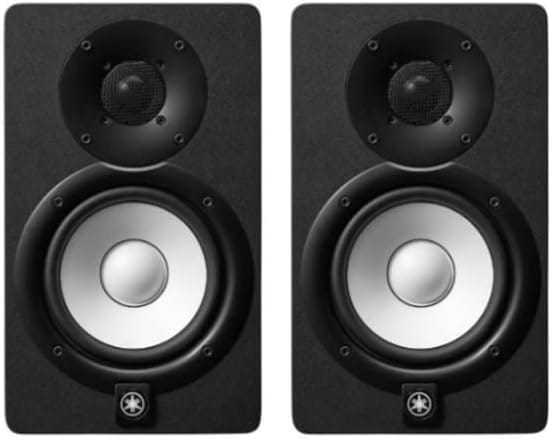
✅ Flat, accurate sound signature ideal for mixing
✅ 5-inch woofer and 1-inch tweeter for balanced audio
✅ Wide frequency response (54Hz – 30kHz)
✅ Room control and high-trim tuning options
The Yamaha HS5 is one of the most trusted, budget-friendly studio monitor speakers. With its neutral sound profile, it provides excellent clarity, making it perfect for mixing and critical listening. While it doesn't have deep bass, it delivers an accurate midrange and treble, making it a great choice for home studios.
🎛 Best for Small Studios: KRK Rokit 5 G5
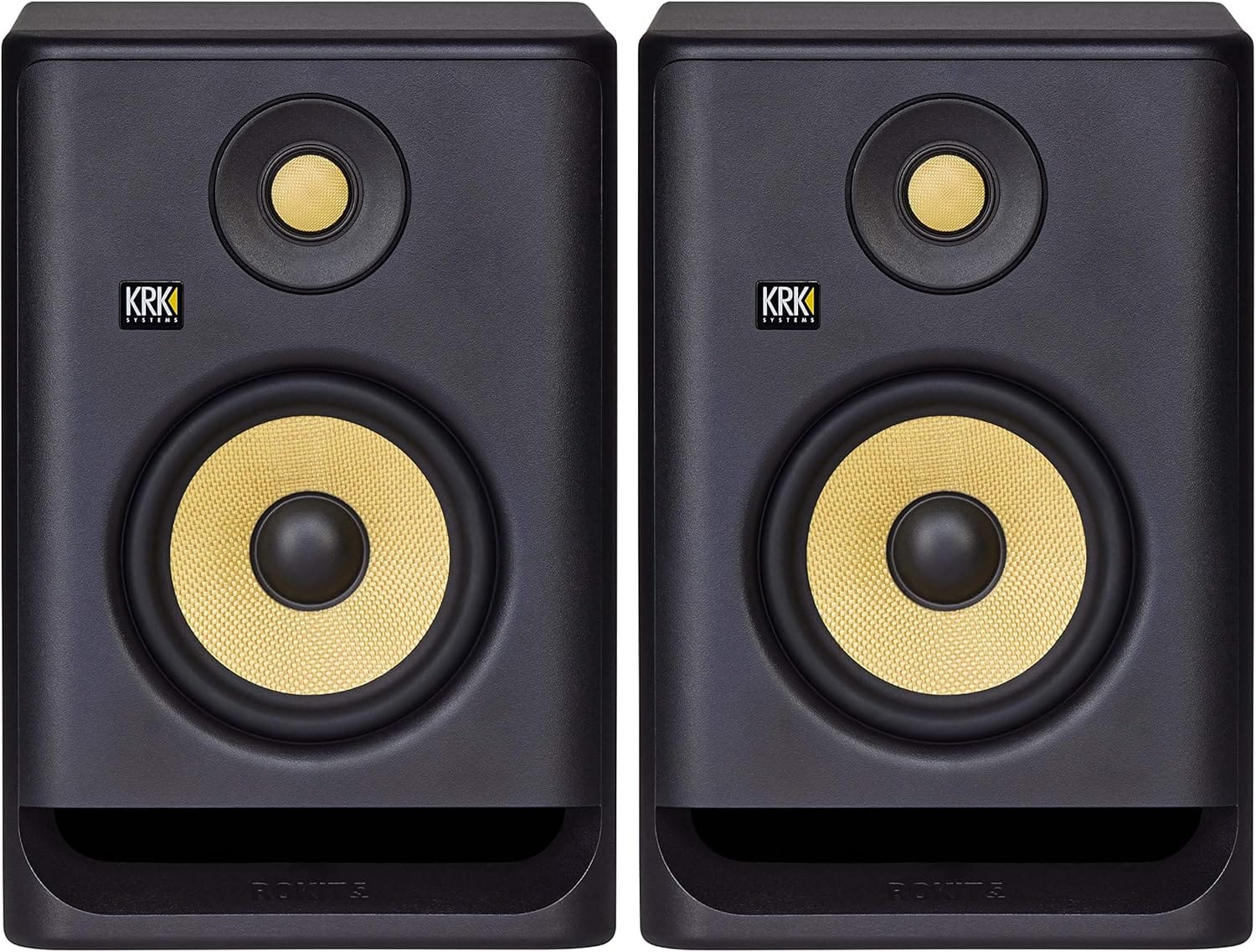
✅ 5-inch woofer with Kevlar drivers for durability
✅ Balanced low-end, ideal for electronic and hip-hop production
✅ Built-in LCD EQ for room correction
✅ Front-firing bass port for better low-end response
The KRK Rokit 5 G5 is a fantastic choice for producers working in smaller spaces, offering high-quality studio monitor speakers. Its customizable EQ settings allow users to tweak the frequency response to fit their room acoustics, and the front-firing bass port improves low-end clarity in untreated environments.
🔥 Best Value for Money: JBL 305P MKII
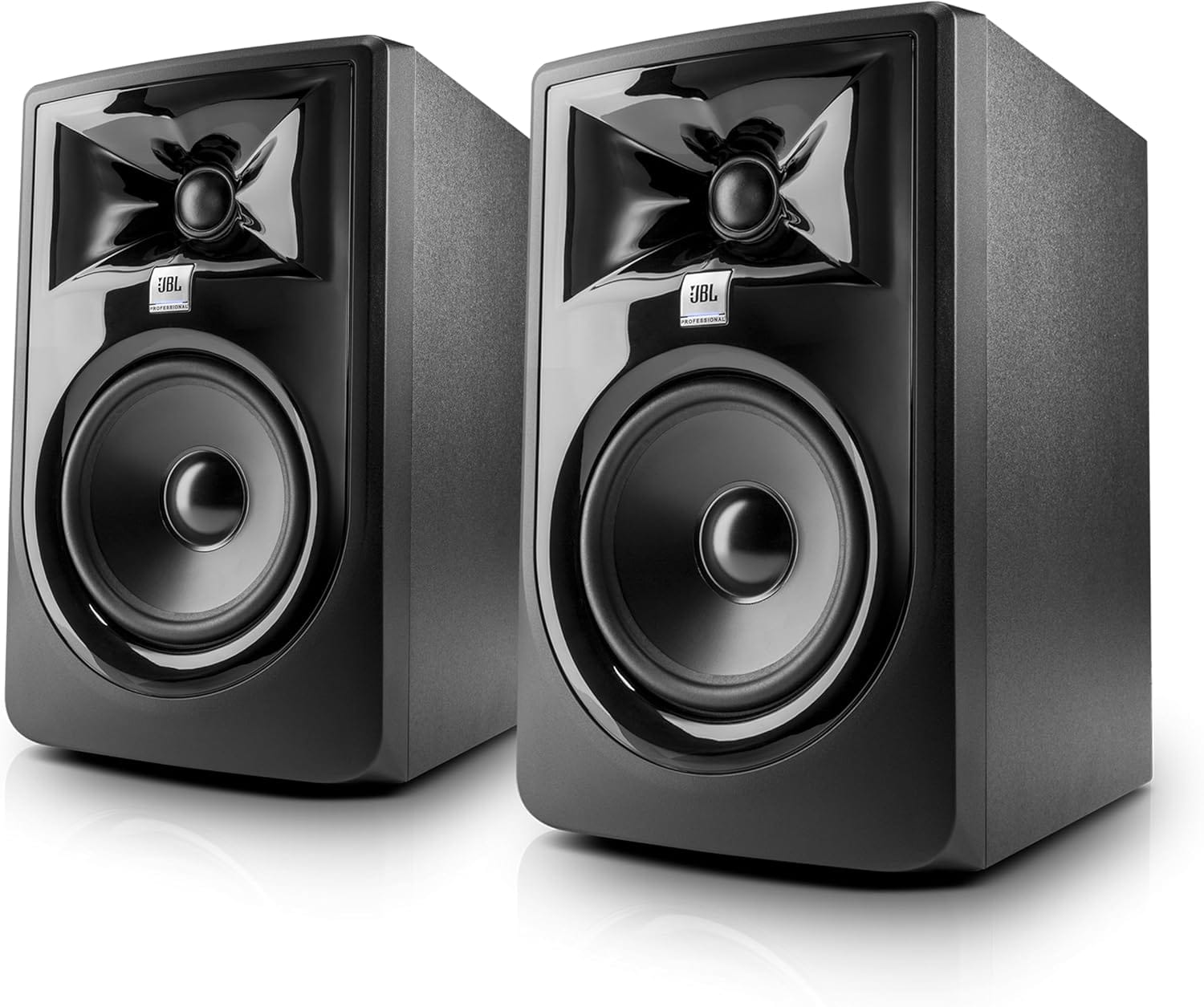
✅ Patented Image Control Waveguide for wide sweet spot
✅ Deep bass response without distortion
✅ Balanced XLR and TRS inputs
✅ Room-friendly design with boundary EQ settings
The JBL 305P MKII offers exceptional value for those seeking professional studio monitor speakers at an affordable price. Its Image Control Waveguide technology provides a wide listening sweet spot, making it a great option for producers who move around their workspace while mixing.
🎼 Best for Bass Response: PreSonus Eris E5
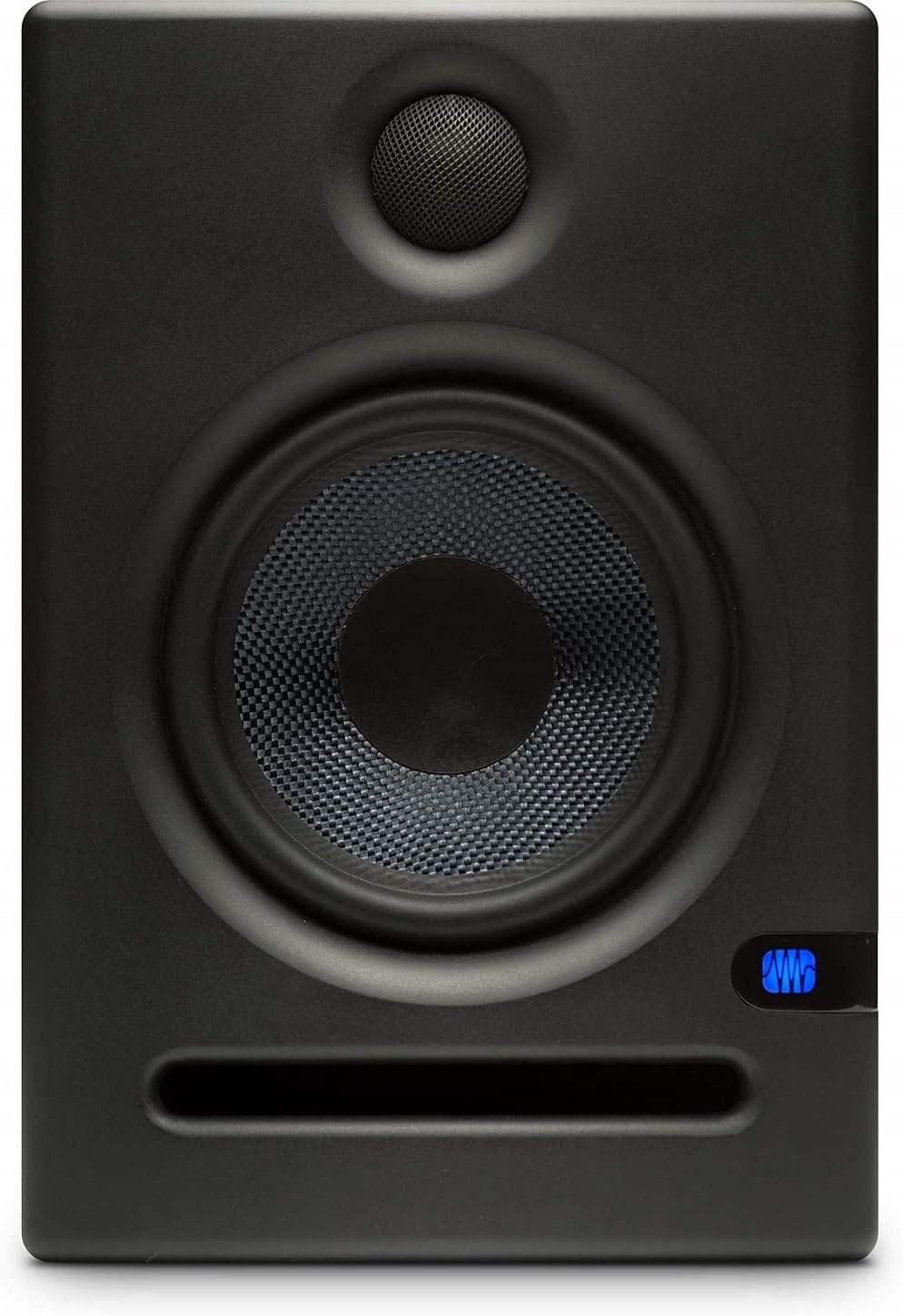
✅ Extended bass response with a 5.25-inch woofer
✅ Acoustic tuning controls for room optimization
✅ Wide frequency range (53Hz – 22kHz)
✅ Compact design suitable for small home studios
For producers who need punchy bass without a subwoofer, the PreSonus Eris E5 studio monitor speakers are a strong contender. Its tight low-end and midrange clarity make it an excellent choice for genres that rely on accurate bass reproduction, such as hip-hop and EDM.
🎙 Best Budget Option: Mackie CR5-X
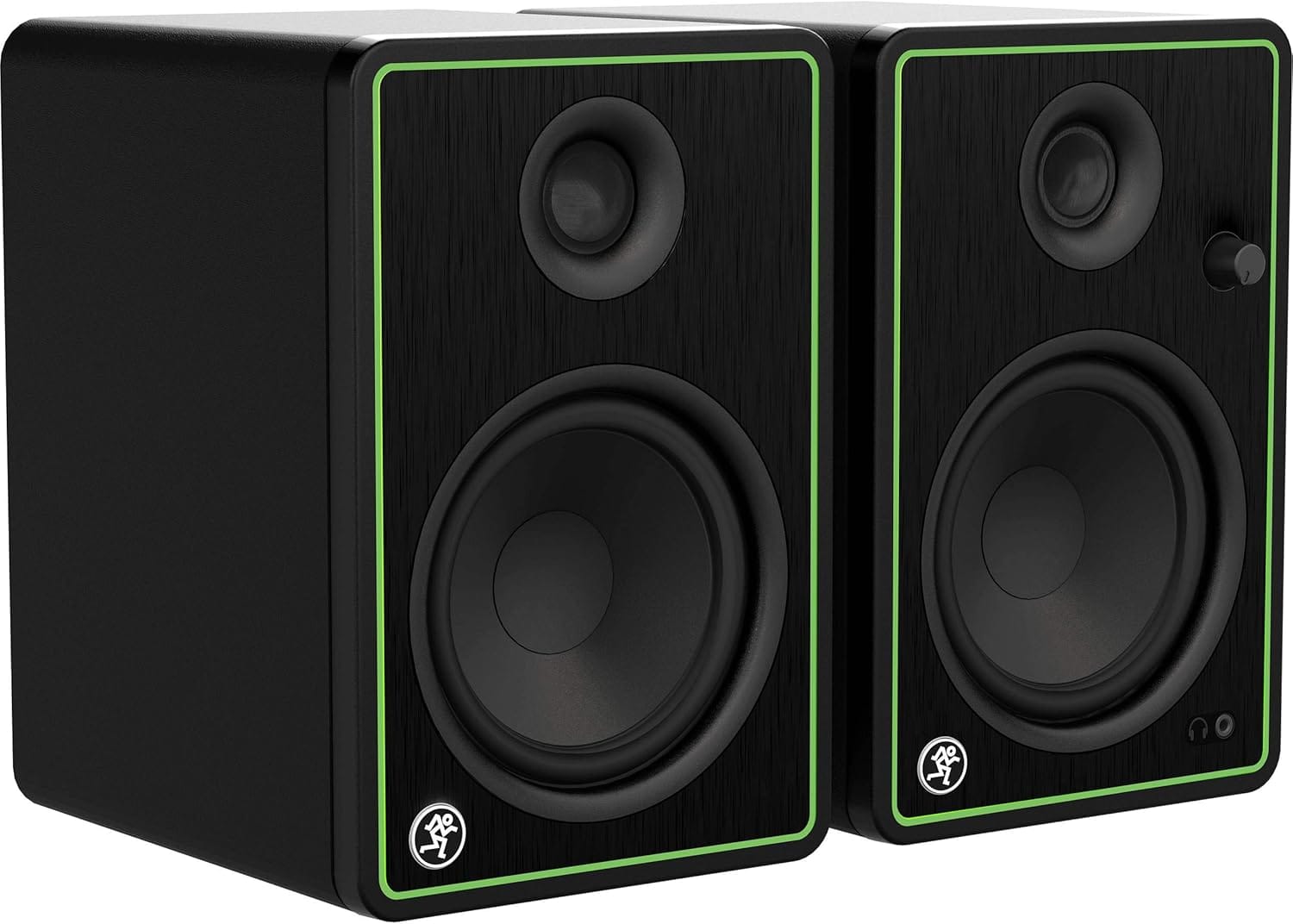
✅ 5-inch woofer with rich, balanced sound
✅ Front-panel volume control and aux input
✅ Compact and affordable without compromising quality
✅ Great for beginners and casual producers
If you’re looking for an affordable yet reliable option, the Mackie CR5-X studio monitor speakers deliver solid performance at a budget-friendly price. While it’s not as detailed as higher-end models, it’s more than capable for entry-level music production.
Which Studio Monitors Are Right for You?
Choosing the best budget studio monitors depends on your needs:
- For the most accurate mixing experience → Go with the Yamaha HS5.
- For small home studios & versatility → The KRK Rokit 5 G5 is ideal.
- For best overall value → The JBL 305P MKII delivers premium features for the price.
- For enhanced bass without a subwoofer → The PreSonus Eris E5 is the best pick.
- For the most budget-friendly choice → The Mackie CR5-X offers great performance at a lower price.
- For those who already own a compatible power amplifier → Passive speakers can be a cost-effective option.
🎯 Recommended Accessories for Studio Monitors
Enhance your setup with these essential accessories:
🔹 Monitor Isolation Pads – Reduce vibrations and improve sound clarity.
🔹 Audio Interface – Connect your monitors with high-quality audio output.
🔹 Balanced TRS/XLR Cables – Ensure the best signal quality with minimal interference.
🔹 Monitor Stands – Optimize speaker positioning for accurate sound.
Final Thoughts
Having the right studio monitors is crucial for making informed mixing decisions. Whether you're producing, recording, or mastering, these budget-friendly monitors provide professional-level sound without stretching your budget.
🚀 Want to level up your home studio? Check out our guides on the best MIDI controllers and essential studio headphones!
Explore More from Sonic Odyssey
Dive deeper into production techniques, industry trends, and creative tools to push your sound further.
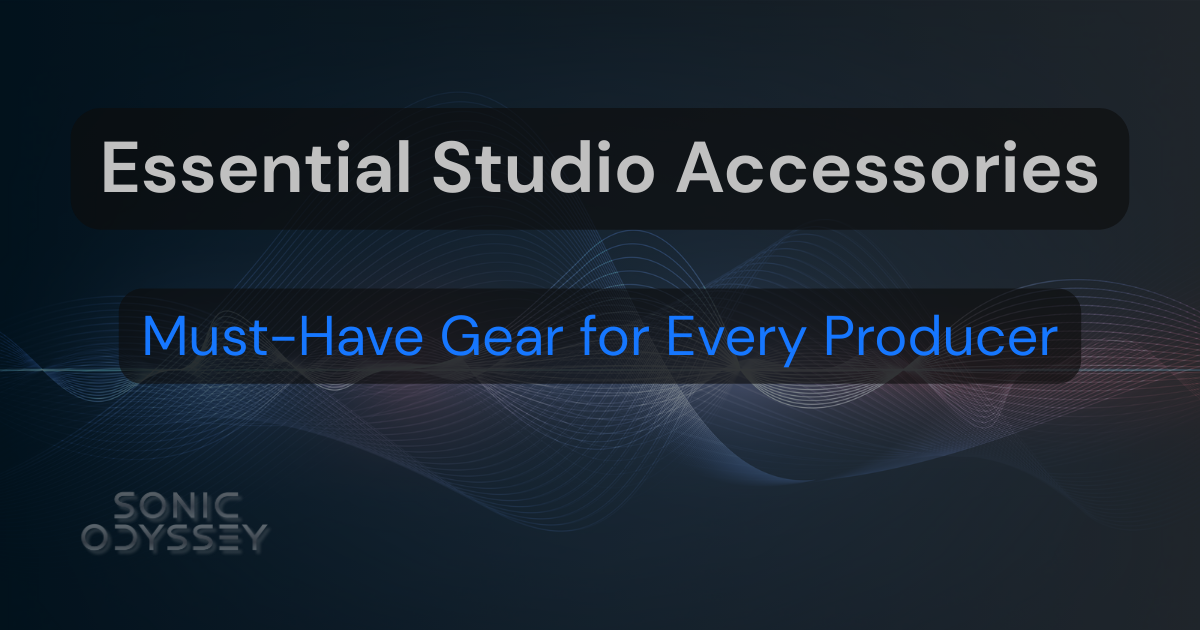
From cables to stands, discover the overlooked tools that make your workflow smoother.

A look at the new wave of machine learning tools transforming music creation.
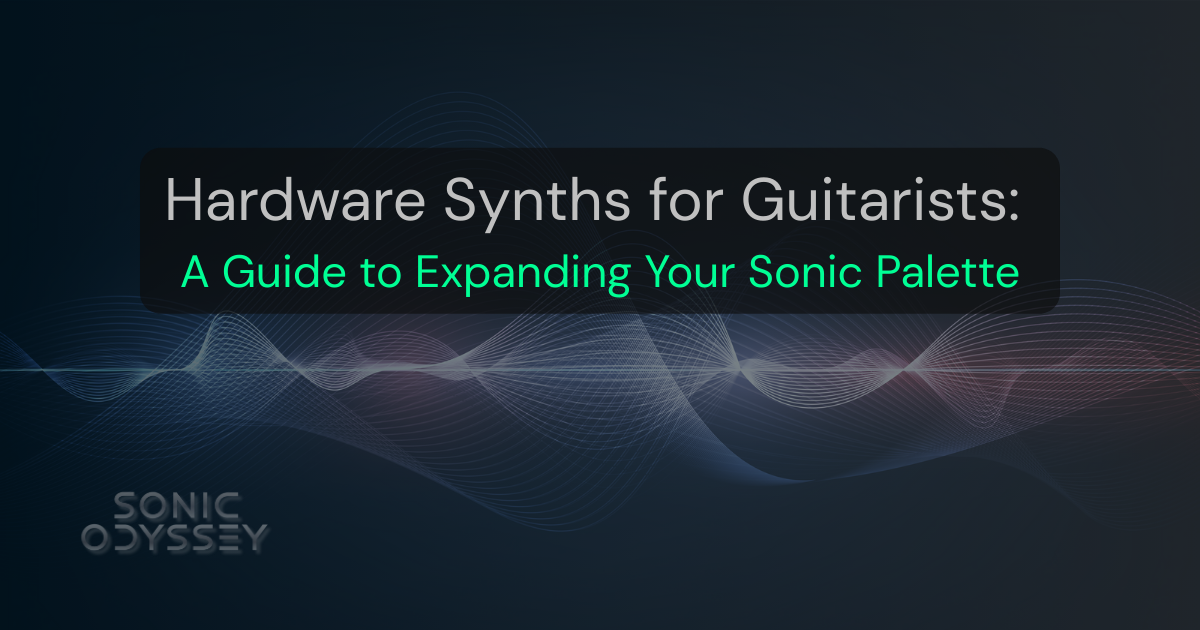
Explore synths as a powerful complement to your guitar rig.











